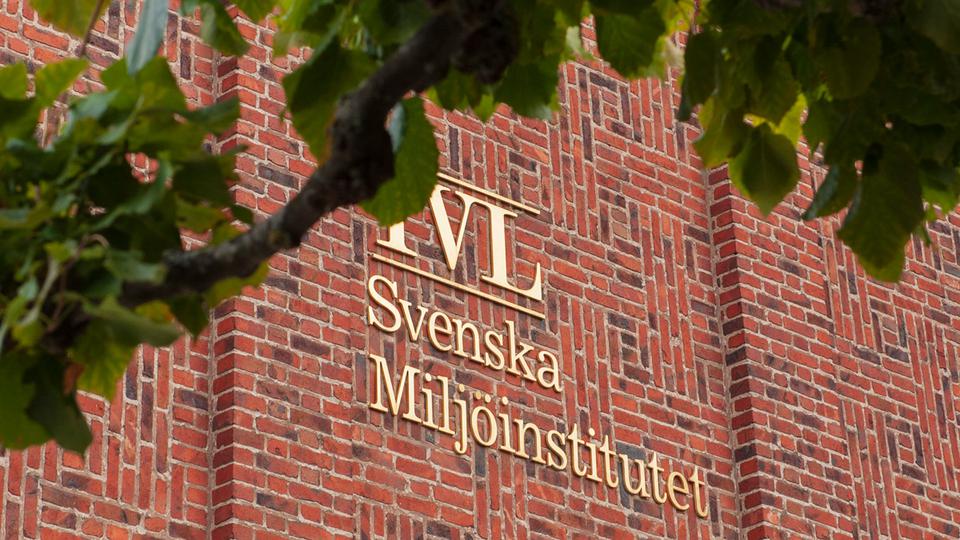
Swedish report rules out dumping in Kenya’s mitumba trade » Capital News
NAIROBI, Kenya, Jul 11 – A new study by the Swedish Environmental Research Institute (IVL) has dismissed the widespread claim that Kenya’s second-hand clothing (mitumba) market is a dumping ground for low-quality textiles.
The report instead noted the second-hand market remains a vital cog in the global circular economy.
The findings come just weeks after a report by Nairobi-based Institute of Economic Affairs (IEA) affirmed that mitumba and local textile manufacturing are not rivals, but complementary engines of economic growth.
The IVL study — commissioned by Humana Lithuania — meticulously traced the movement of used garments from Sweden through advanced sorting centres in Europe to their resale in Kenyan mitumba markets.
It concluded that exporting textile waste is economically irrational and unsupported by evidence, citing robust quality assurance mechanisms, consumer demand, and sustainable trade flows as defining features of the system.
“Exporting unusable clothing makes no economic sense,” said Amanda Martvall, textile expert and co-author.
“Every stage of the value chain — from collection to resale — is guided by rigorous quality standards. The Kenyan mitumba market is a functioning circular economy, not a dumping ground.”
A May 2025 IEA report backed by the Mitumba Consortium Association of Kenya (MCAK), reported similar findings.
That study, titled A Future Look at the Apparel and Footwear Industry in Kenya (2022–2037), projected a 15-year roadmap showing that used clothing imports and local textile manufacturing can — and must — coexist for Kenya to meet the goals of Vision 2030 and the African Union’s Agenda 2063 of job creation, gender equity, and inclusive growth.
“The mitumba sector is not the enemy of local manufacturing. It is an enabler of economic inclusion,” said MCAK Chairperson Teresia Wairimu Njenga.
“As incomes rise, Kenyans will continue to buy more new clothes, but mitumba will remain essential for millions of households.”
Jobs and revenue
The IVL report found Kenya’s high import duties — up to 40 per cent of shipment costs (EUR 0.62 per kilogram) — render it economically unfeasible to export unusable goods.
It concluded that only clean, wearable garments are sent, with Humana Lithuania sorting 38,000 tonnes in 2024 alone, including 11,000 from Sweden, across more than 400 quality-based categories.
In its May report, IEA highlighted that in 2022, Kenya imported over 177,000 tonnes of second-hand clothing, generating Sh12 billion in tax revenue and supporting 2 million jobs — many held by women and youth — thus underscoring mitumba’s vast socio-economic reach.
The IEA study clarified that used and new clothing serve separate market segments, with different value chains, pricing sensitivities, and consumer behaviours.
It noted that as household incomes grow, Kenyans increasingly purchase both, creating space for growth in both mitumba and locally manufactured apparel.
The IEA study advocated regulatory reforms that encourage coexistence rather than competition.
It also recommended harmonising import and quality standards for both new and used clothing, supporting local manufacturers through tax incentives and training, and enforcing eco-friendly practices across both value chains.
IEA CEO Kwame Owino called for smart policymaking grounded in evidence citing the findings.
“We shouldn’t choose between mitumba and local manufacturing. If we design policies that recognise their distinct roles, we can build a more diversified, resilient, and sustainable apparel industry.”